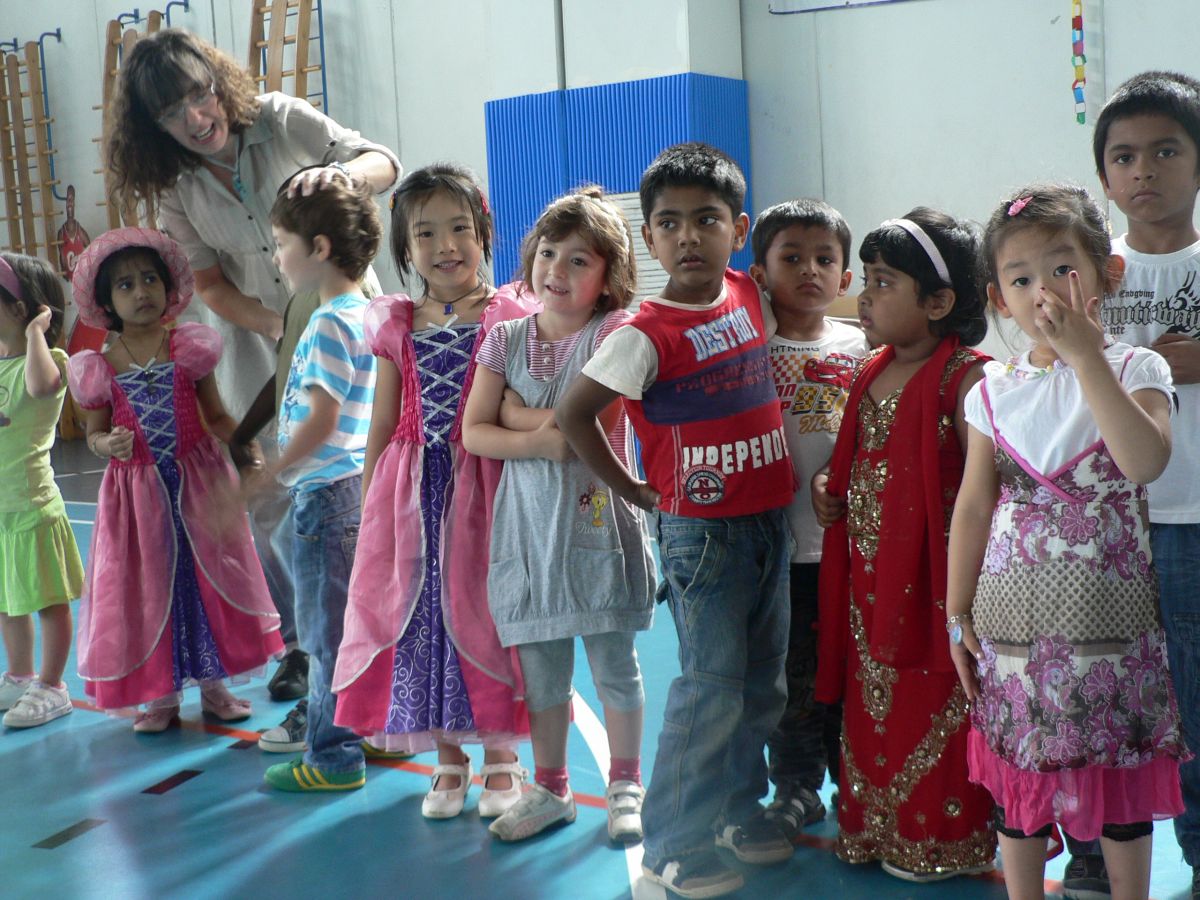Folk dance at school
In today's multi-ethnic and multicultural societies, the reception is extremely important, as well as the inclusion and integration of foreigners in society itself.

In these times it has great relevance the theme of interculturalism in schools, where for culture we mean the uses and customs, the people's traditions, by the way they dress, eat, and move. Sport, fairy tales, songs, dances and much more.
The rhythmic and musical appearance and in particular the dance, are of fundamental importance in the education of each child.
The dance is an psychomotor activity but first of all an artistic expression, a means that encourages the development of the sense of rhythm and improves the body awareness and its capability.
Dance is an organized cooperation of our mental, emotional and corporal faculties, and the results are actions whose experience is of the utmost importance for the development of personality. (R. Laban).
Listen to music, participate in a creative and intrepretative way, as well as to coordinate, teach and organize the mouvements in space and time, to internalize the concepts of basic psychomotor without forcings, it encourages socialization through the application of rules and the resulting rewards both individual and collective that unites every success ever achieved.
L'a
Dance is a group rappresentation and as such the group develops a feeling of unity and solidarity, the dance resize manifestations of egocentrism and encourages the pupils more timid and introverted.
Thanks to the atmosphere relaxed and playful obtained during the lessons, you can encourage relationships among children.
Beyond the psychomotor appereance , dance is an expression of clear different cultural realities that have evolved over time, differentiated and stratified, we can consider dance as the product of multiple socio-cultural factors that identify the location, time and environment where it came outlining.
Through the folk dance we can trace one or more historic-geographic itinerary finding similarities and taking advantage of operating comparisons between different cultures and different environments.
For these reasons, the folk dance lab becomes a useful tool for the study and close examination of various disciplines, facilitating their connection and contributing to the achievement of a comprehensive vision of knowledge.




